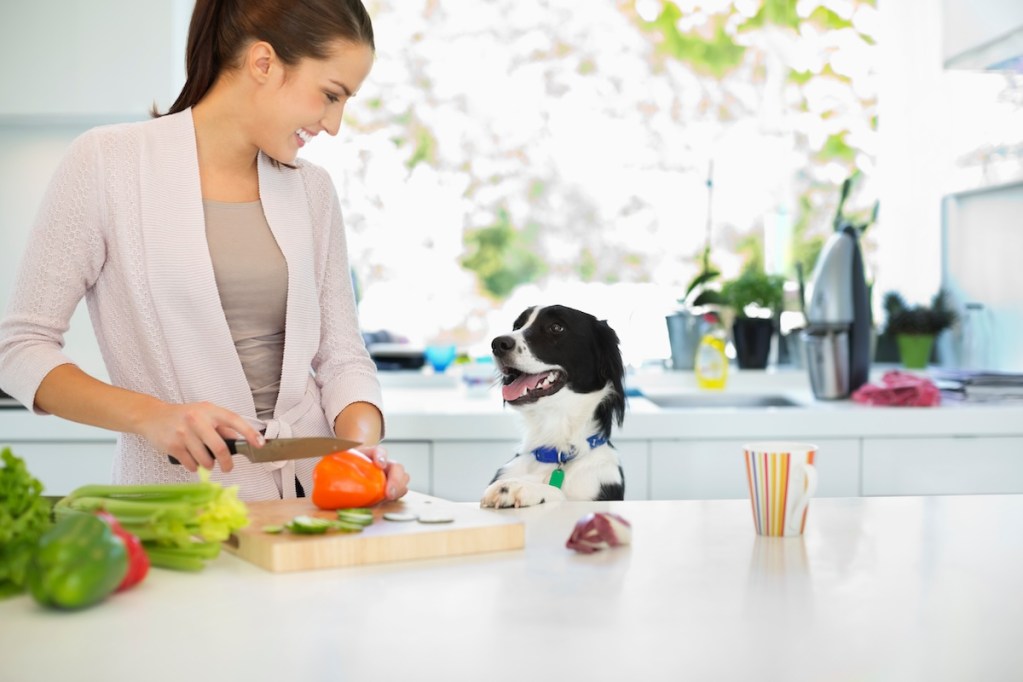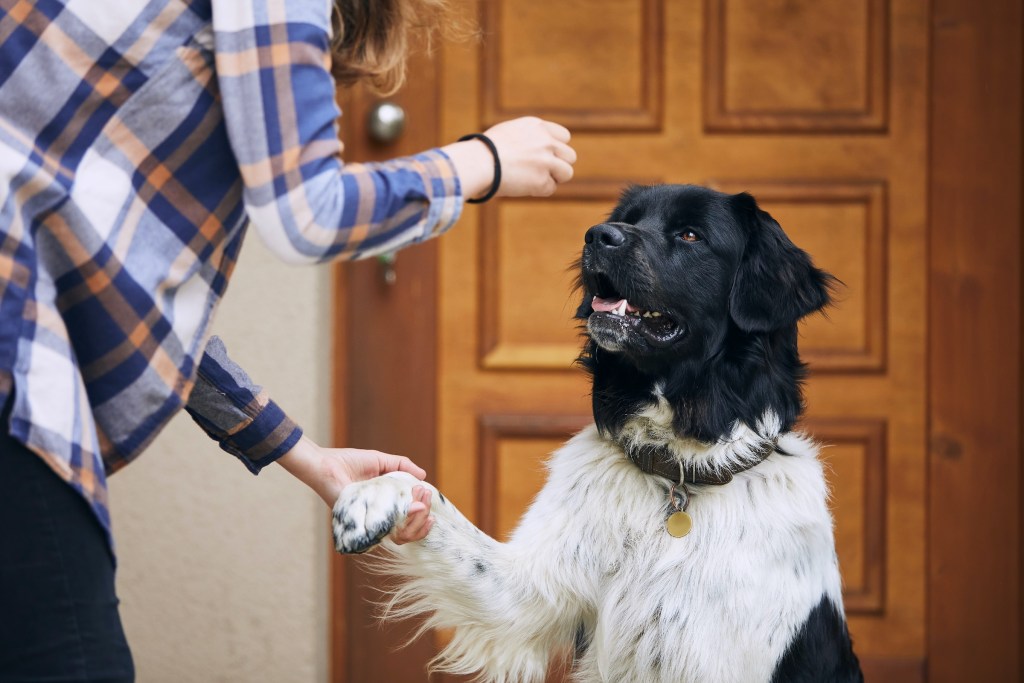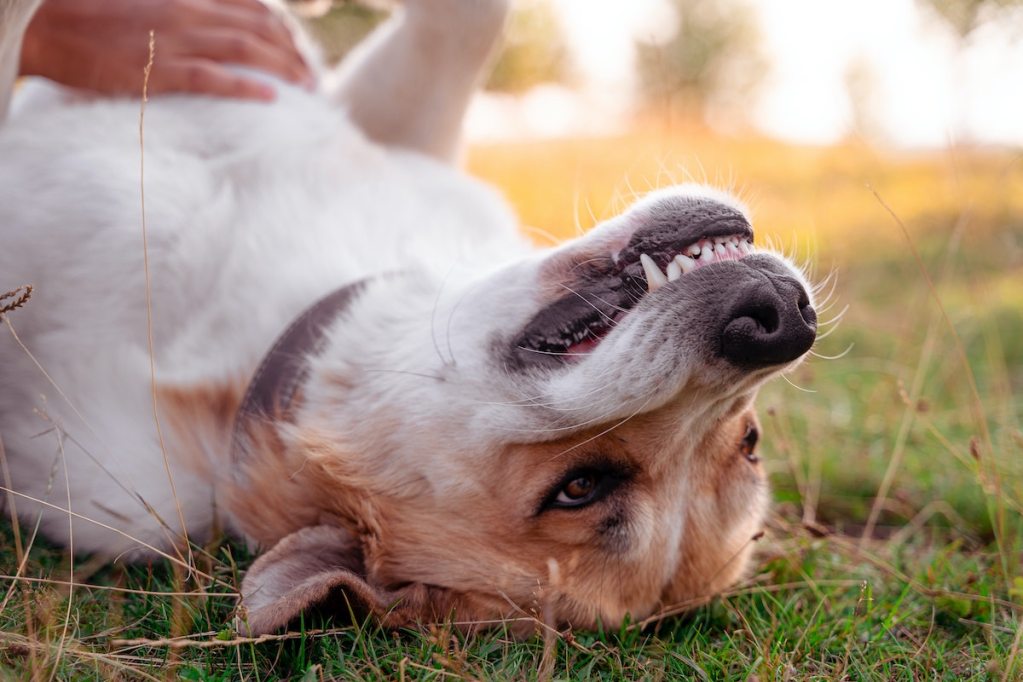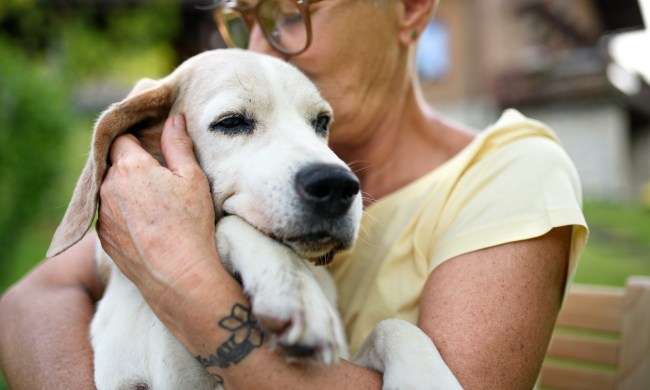
Your dog’s favorite snacks might include dog biscuits, fancy chews, or even that bacon you dropped on the floor one time, but can dogs eat celery? The truth is lots of dogs like veggies, even bland ones such as celery. While you wouldn’t want this green and healthy nibble to become a staple in their diet, you can absolutely give your pup a celery snack now and then — and they might grow to love it.

Can dogs have raw celery?
As omnivores, our pet dogs need a balanced diet of both meat and plants. That’s likely because their domestic history made them into scavengers thousands of years ago when our ancestors were still in the hunter-gatherer phase. In modern times, this diet preference has huge benefits because you can throw in some healthful treats that will give your pup a nutrition boost and keep them full.
Celery is particularly recommended for dogs with weight problems, as it’s extremely low in calories but can take a long time to eat (we’ll cover that part next). Do be mindful that you wouldn’t want celery to take over a meal as it’s not a sufficient source of protein and other important vitamins that they get from kibble.

Is celery OK for dogs’ teeth?
Chewing on celery isn’t just OK, but it might be beneficial for your dog’s teeth. It’s part of the reason veggies make such a good snack for pooches in general, as it gives them something to gnaw on. To test if celery agrees with your pup, start by giving a few small pieces chopped and then up it from there.
Don’t go overboard, though — no more than a stalk per day for most dogs any size. In terms of cooked celery, that’s fine, too, provided it’s plain (no salt or pepper, please). However, the softness of prepared celery means it could lose some of its dental benefits.

What veggies can dogs eat?
In addition to celery, your canine can eat beets, broccoli, carrots, cauliflower, peas, corn, and green beans, to name a few. In fact, you’ll find many of these listed on the ingredients list of your pet’s favorite food. The key here is moderation. As with celery, many of these veggies lack protein, which is necessary for your buddy to stay healthy. Also, excess vegetables could cause gas or other digestive issues. Start with very small amounts of each one, like one piece, and increase to a small handful if your pup and their tummy seem to like it.
While we might think of dogs eating meat, many four-legged friends love celery and other vegetables. Provided they don’t seem to have any digestive issues and it doesn’t replace healthy meals, you can feed your dog this low-cal snack and watch them enjoy ripping the stalk to shreds.



